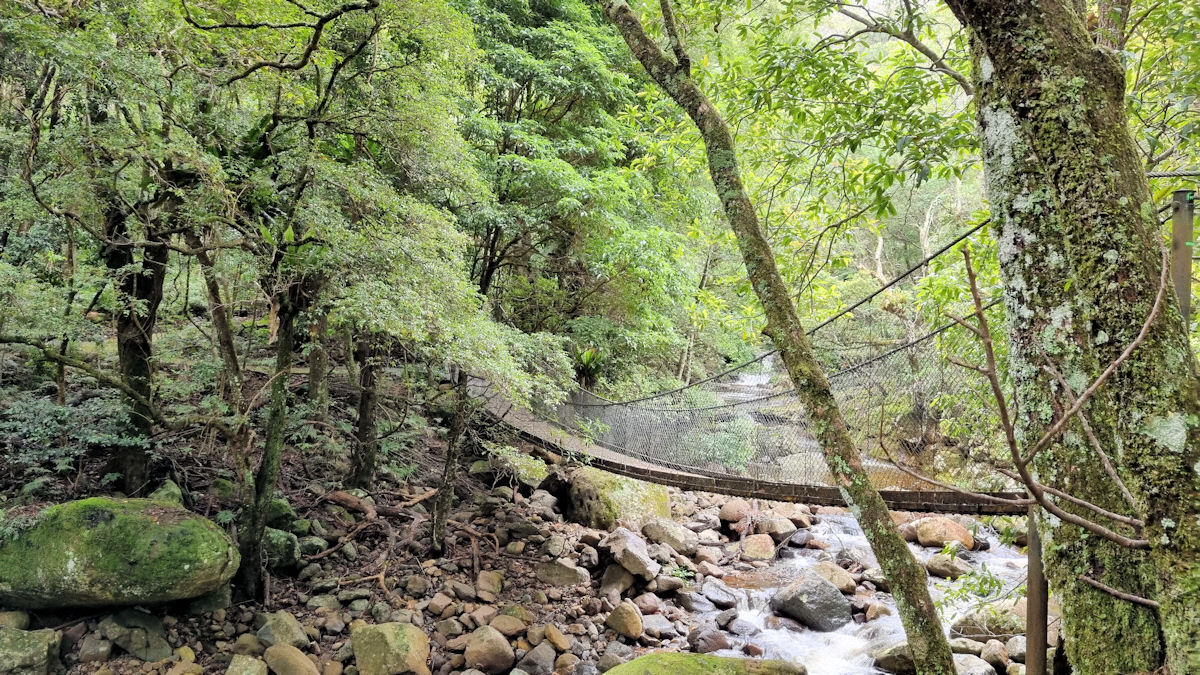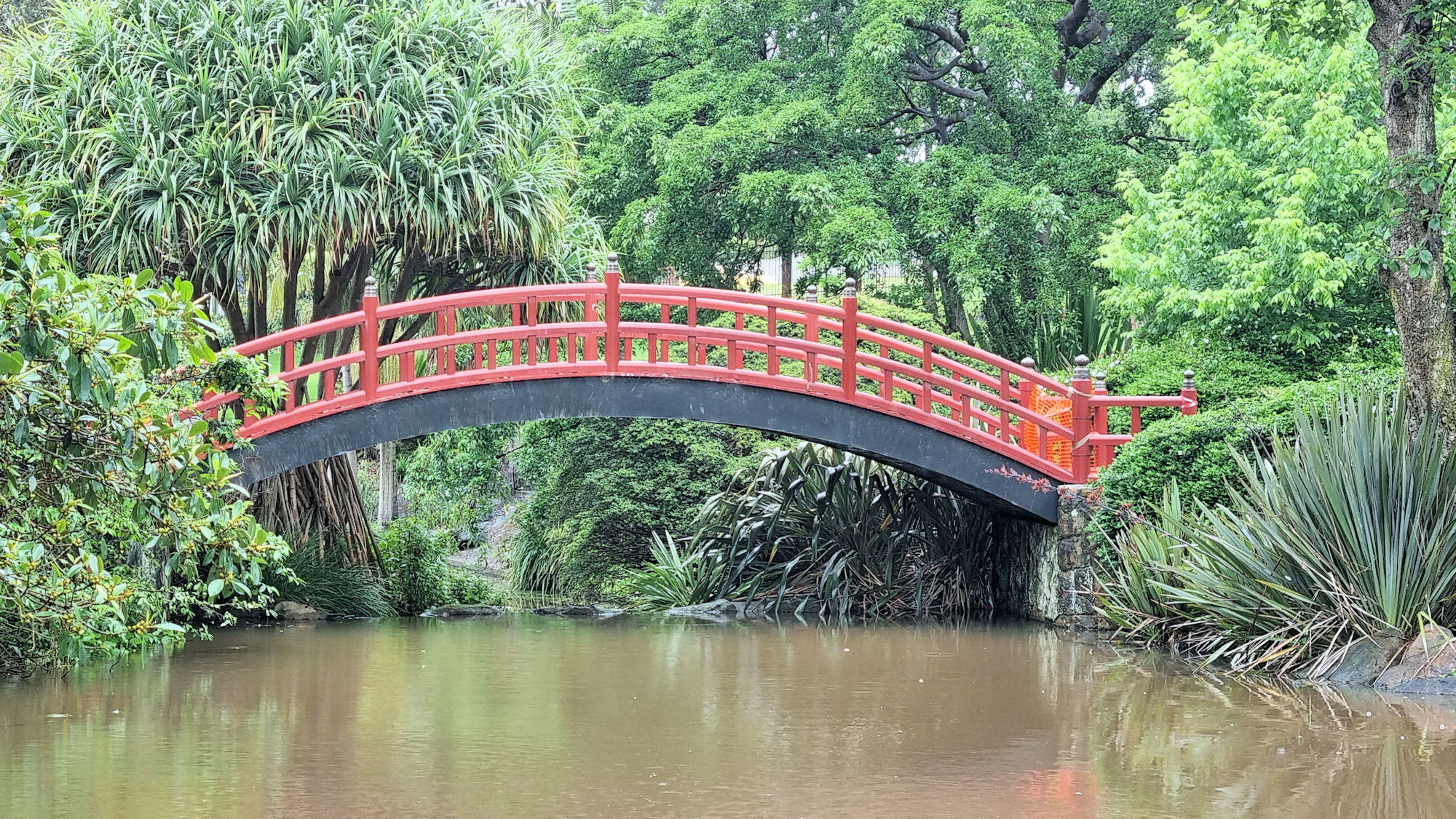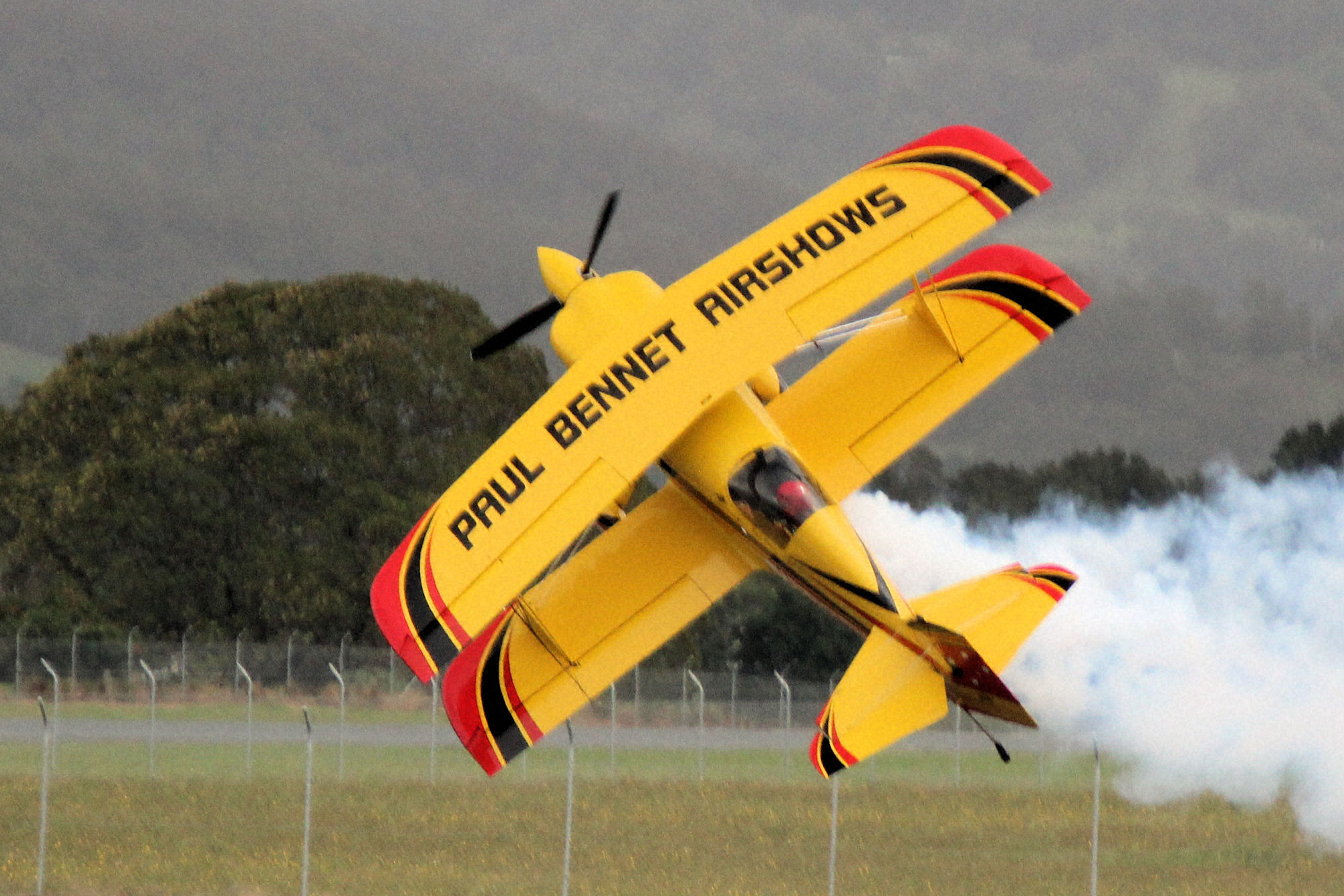Our news
-

Minnamurra Rainforest
Minnamurra Rainforest Part of Budderoo National Park west of Kiama, Minnamurra Rainforest is a subtropical, dry, riparian and temperate rainforest. Only a 30-minute drive from Wollongong, it’s a great place to experience the Australian bush. Parking is available near the visitor centre, for a small fee. Alternatively, if you have an annual pass for NSW…
-

Wollongong Botanic Garden
Wollongong Botanic Garden Located at the foot of Mount Kiera, the Wollongong Botanic Garden is a great place to spend time to relax and unwind. Entry is free and the gardens are open every day except Christmas Day. We parked in one of the dedicated car parks, then spent an hour walking through the different…
-

Wings Over Illawarra 2021 Air Show
Wings Over Illawarra 2021 Delayed since 2020 due to Covid, Wings Over Illawarra was able to get into the air on the weekend of 27/28 November 2021. Held at Shellharbour Airport, south of Wollongong, the air show was well organised, with plenty of parking and helpful volunteers. We stayed at a nearby hotel the previous…